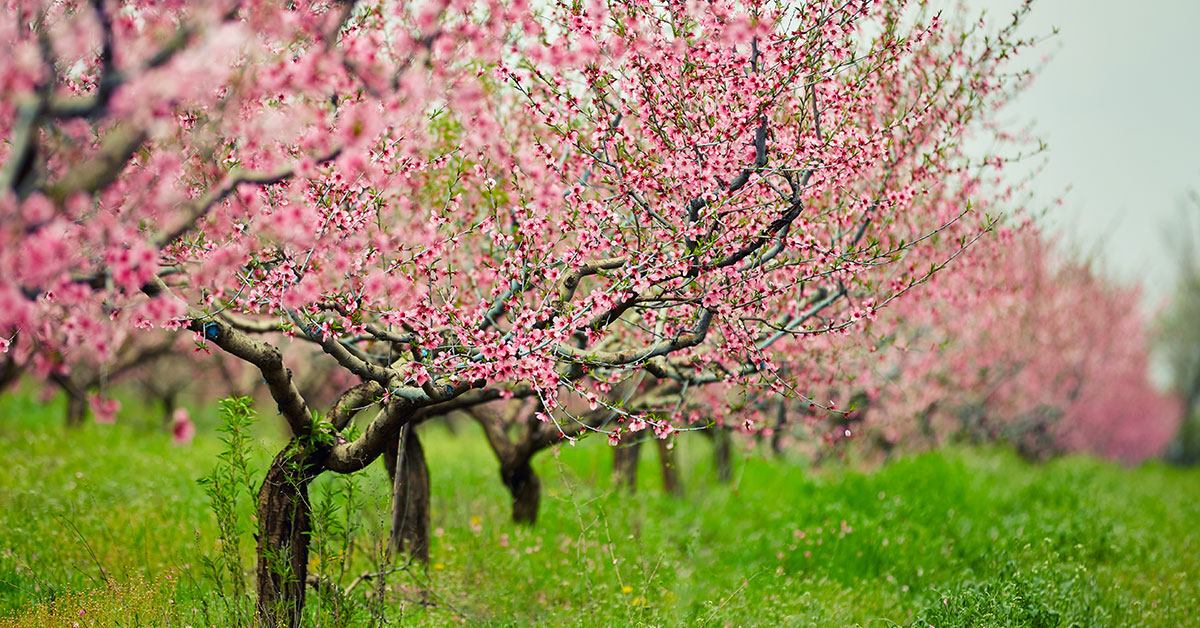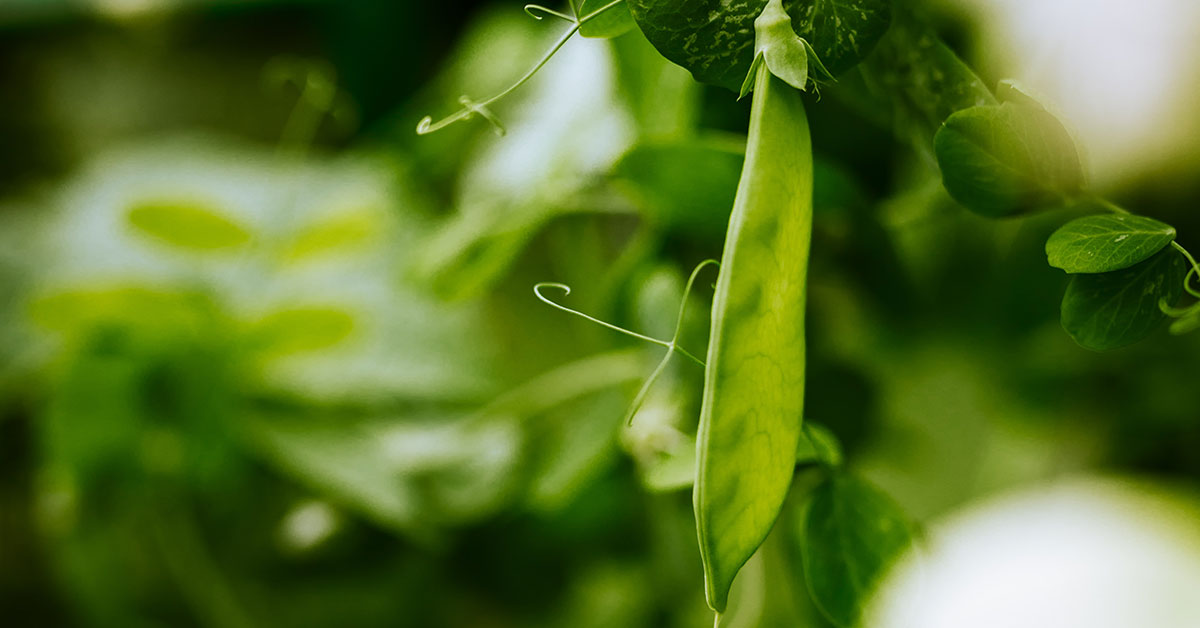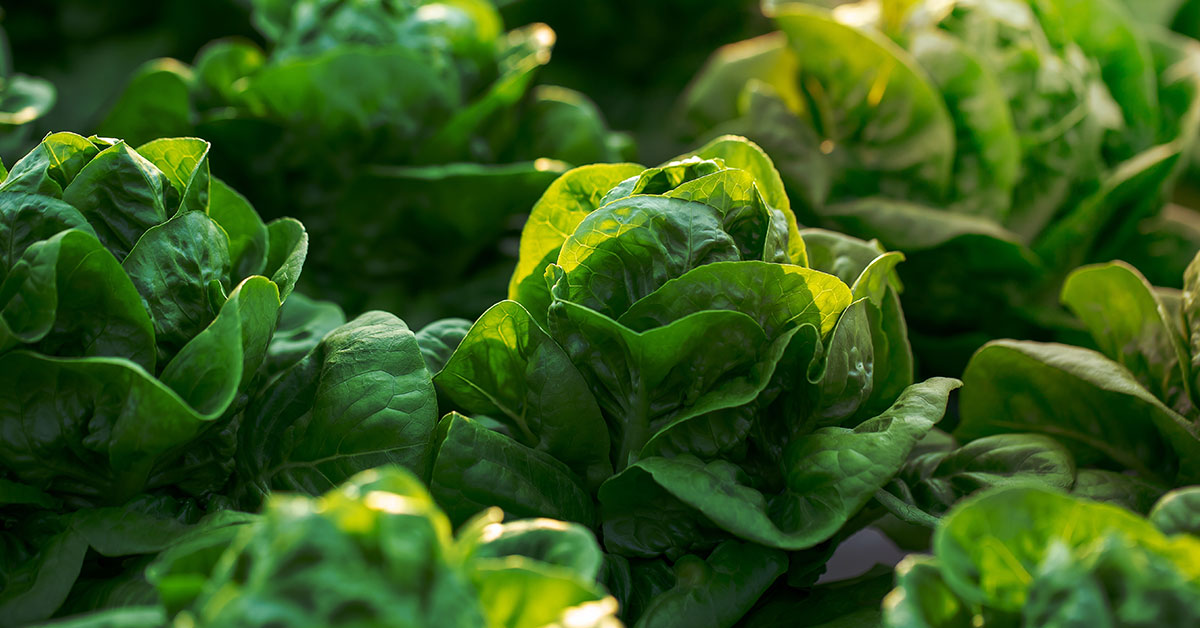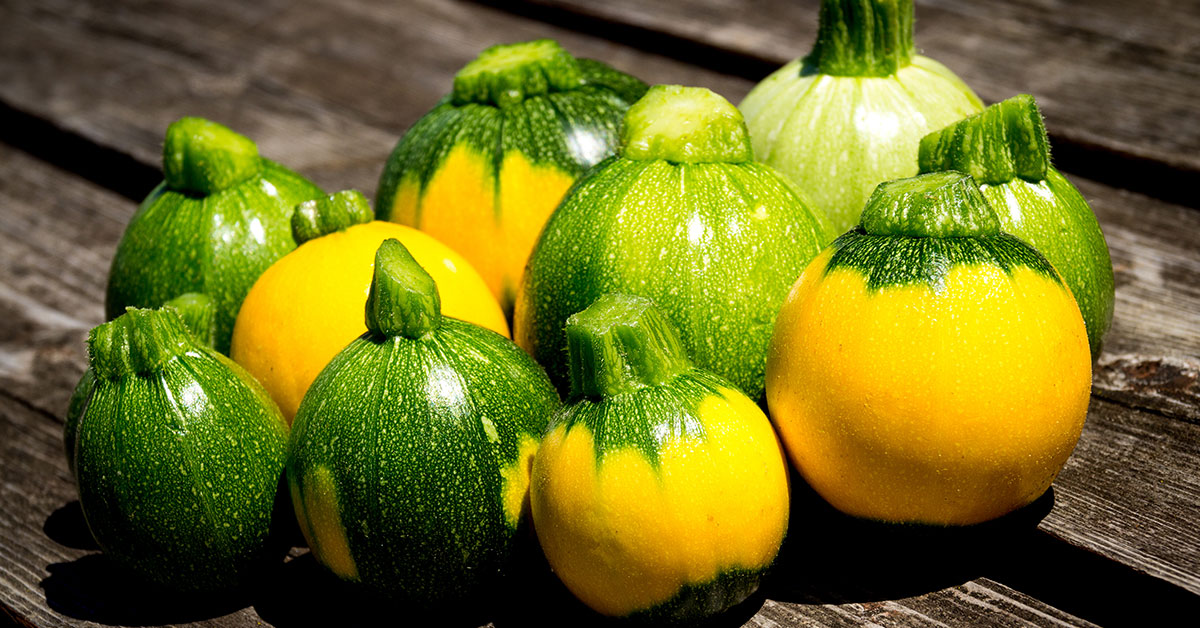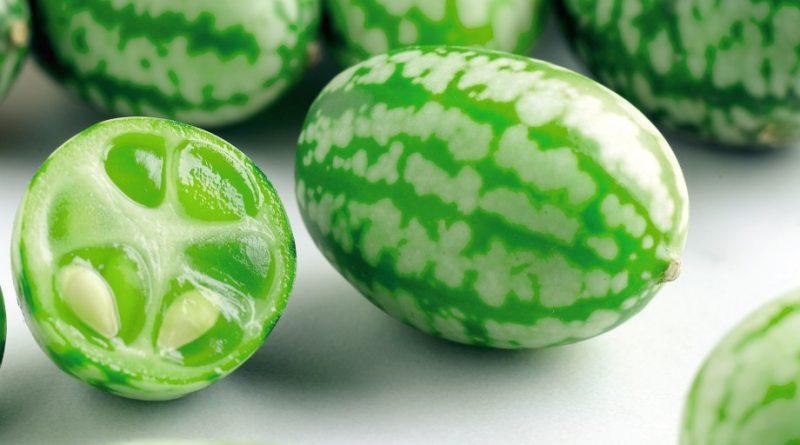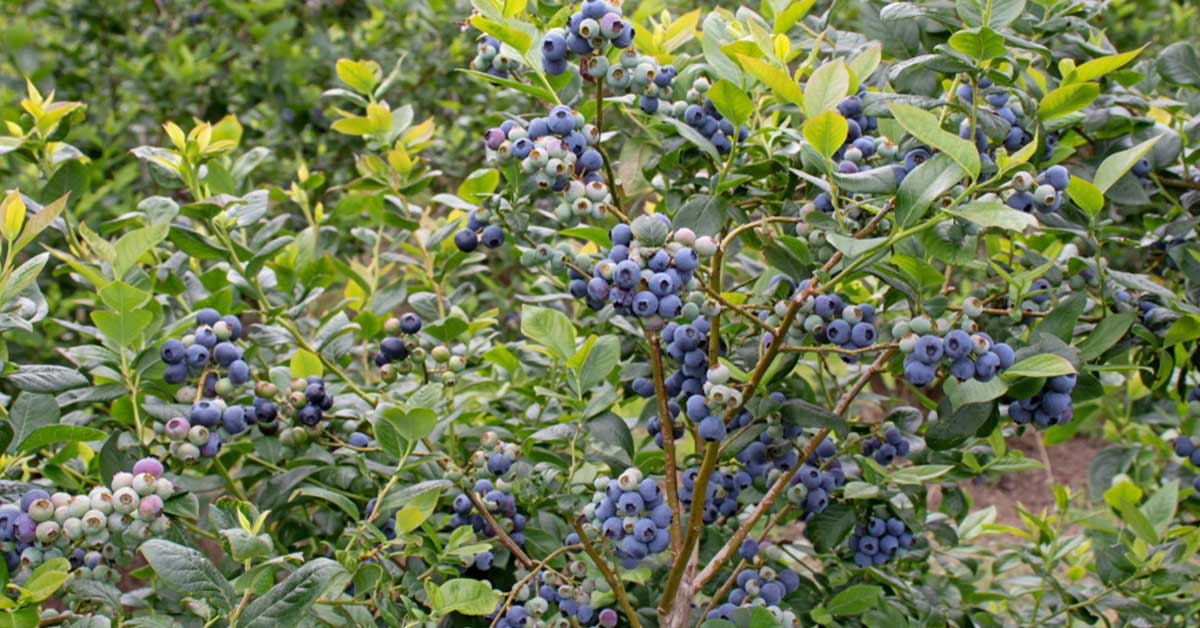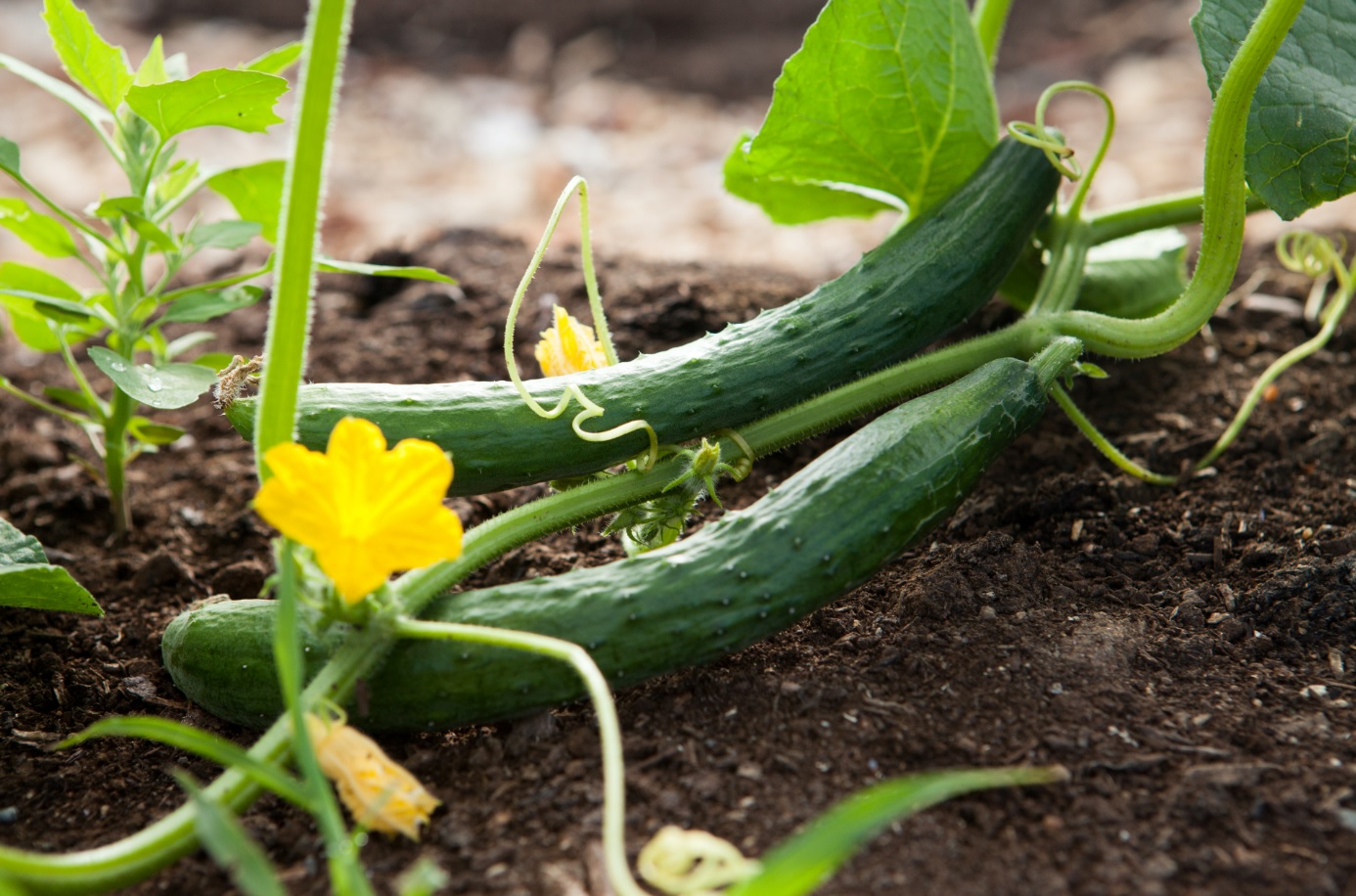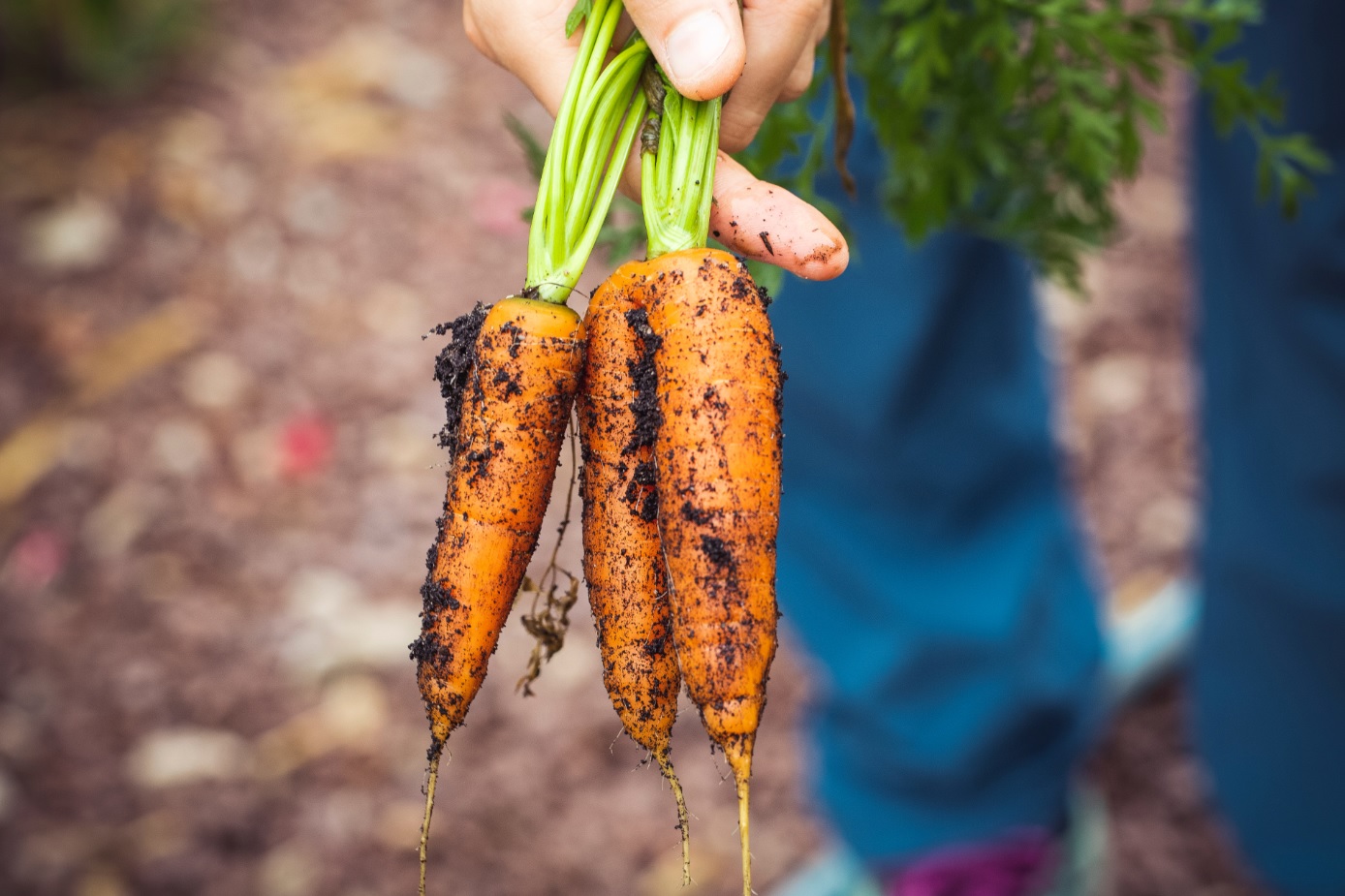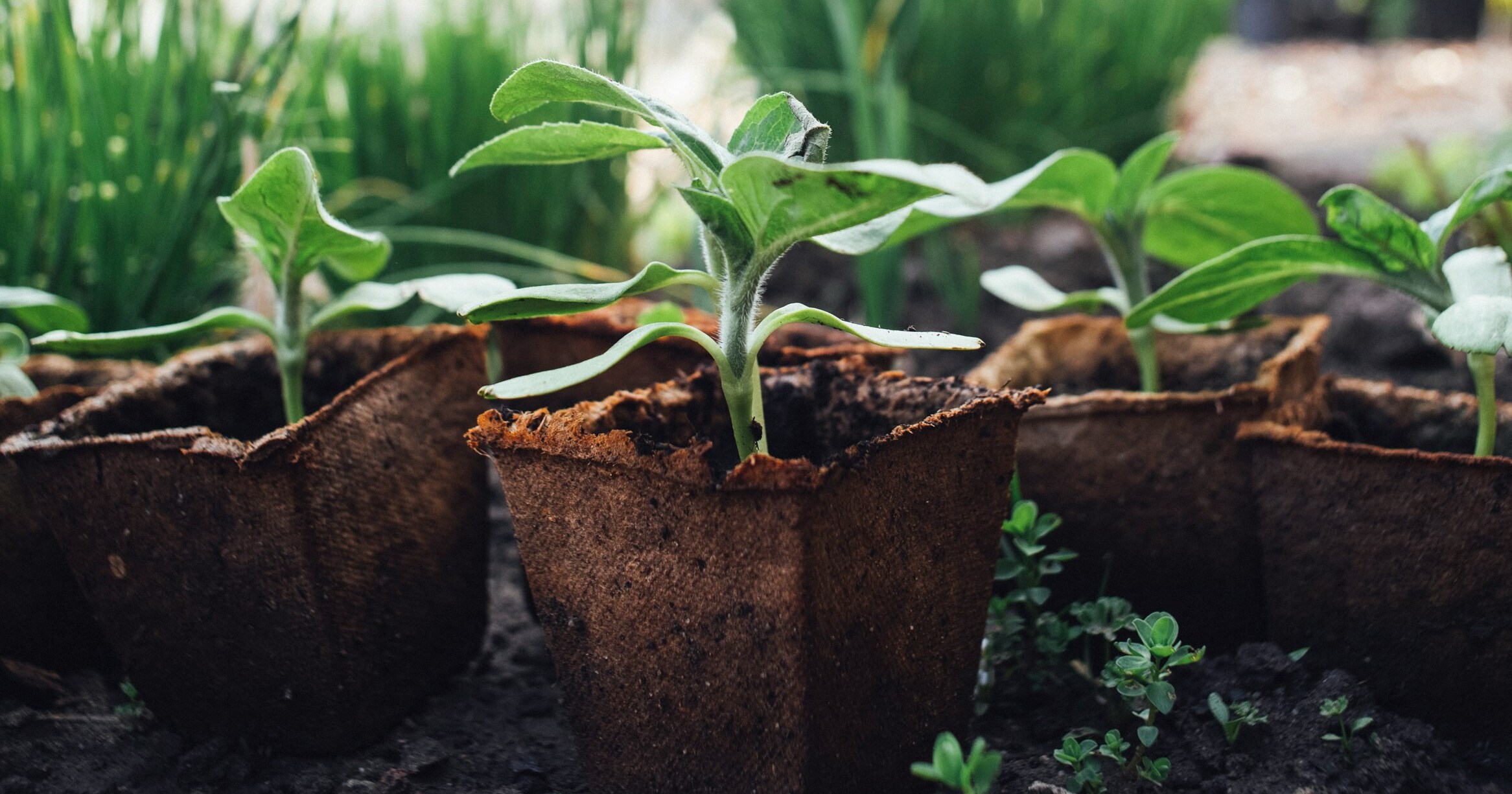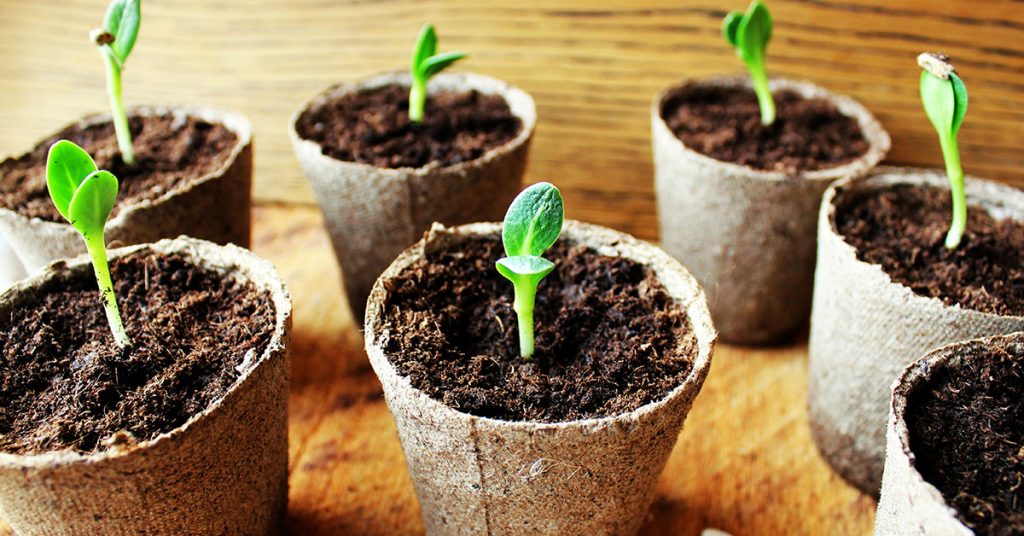Welcome to the world of peach tree cultivation, where the Georgia Belle Peach reigns supreme. If you’re a gardening enthusiast looking to add a touch of sweetness to your backyard orchard, then the Georgia Belle Peach tree is an excellent choice. Known for its exceptional flavor, abundant harvests, and stunning blossoms, this variety is a favorite among peach lovers and gardeners alike.
In this article, we will delve into the fascinating world of growing Georgia Belle Peach trees, exploring everything from selecting the right location and preparing the soil to nurturing the tree through each stage of growth. Whether you’re a seasoned gardener or a novice with a green thumb, this comprehensive guide will equip you with the knowledge and techniques needed to successfully cultivate and enjoy the bountiful harvests of the Georgia Belle Peach. So, let’s roll up our sleeves and embark on this peachy adventure together!
What are Georgia Belle Peaches?
The Georgia Belle Peach is a popular variety of peach tree known for its exceptional flavor and juicy, sweet flesh. It is a freestone peach, which means the flesh easily separates from the pit, making it convenient for eating and cooking. The fruit is medium to large in size with a round shape and a beautiful yellow skin that develops a slight red blush when fully ripe.
The Georgia Belle Peach tree is highly productive and typically bears fruit in mid to late summer. It requires full sun and well-drained soil to thrive, and it is known for its resistance to diseases and pests. Overall, the Georgia Belle Peach is a delightful addition to any garden or orchard, offering delicious, high-quality peaches for fresh consumption or preserving.
What do Georgia Belle Peaches taste like?
The Georgia Belle Peach is known for its exceptional flavor profile. It offers a perfect balance of sweetness and acidity, making it a true delight for the taste buds. The flavor is often described as rich, juicy, and intensely aromatic.
When you take a bite into a ripe Georgia Belle Peach, you will experience a burst of sweet, tropical flavors. The peach has a smooth and velvety texture, with a succulent, juicy flesh that practically melts in your mouth. Its sweetness is not overpowering, allowing the natural tanginess to shine through, providing a refreshing and satisfying taste.
The flavor of the Georgia Belle Peach is often likened to a combination of honey and nectar, with hints of citrus and floral notes. Its aroma is enticing and fragrant, filling the air with a sweet and inviting scent.
Whether enjoyed fresh, used in baking, or incorporated into various culinary creations, the Georgia Belle Peach’s flavor profile is sure to impress even the most discerning palates. Its exceptional taste and texture make it a favorite among peach enthusiasts and a true gem in the world of peaches.
How to start Georgia Belle Peach trees from seed
Starting a Georgia Belle Peach tree can be a rewarding experience. Here is a step-by-step guide to help you successfully grow a Georgia Belle Peach tree:
- Georgia Belle Peach trees require full sun exposure, so select a location that receives at least 6-8 hours of direct sunlight daily.
- Ensure the soil is well-draining to prevent waterlogging, as peach trees do not tolerate wet feet.
- The soil pH should be slightly acidic, ideally between 6.0 and 6.5.
- It is recommended to purchase a Georgia Belle Peach tree as a graft stock from a reputable nursery or garden center.
- Grafting ensures that you get a true-to-type variety and a healthier tree.
- Dig a hole that is wide and deep enough to accommodate the roots of the tree.
- Place the tree in the hole, ensuring that the bud union (the swollen area where the graft was made) is above the soil level.
- Backfill the hole with the excavated soil, gently firming it around the roots.
- Water the tree thoroughly to settle the soil and eliminate any air pockets.
- Peach trees require regular watering, especially during the first year after planting.
- Water deeply once or twice a week, providing enough moisture to keep the soil consistently moist but not waterlogged.
- Apply a layer of organic mulch around the base of the tree, leaving a gap around the trunk to prevent rotting.
- Apply a balanced slow-release fertilizer in early spring before new growth begins.
- Follow the manufacturer’s instructions for the appropriate amount and frequency of application.
- Avoid over-fertilizing, as it can lead to excessive vegetative growth and reduced fruit production.
- Peach trees benefit from regular pruning to maintain an open and balanced structure, improve air circulation, and promote fruit production.
- Prune in late winter or early spring before bud break.
- Remove any dead, damaged, or crossing branches.
- Thin out crowded branches to allow sunlight penetration.
- Train the tree to a central leader system or an open vase shape, depending on your preference.
- Monitor your peach tree regularly for common pests like aphids, peach tree borers, and plum curculios.
- Use organic or chemical insecticides as necessary, following the instructions carefully.
- Watch out for diseases like peach leaf curl, brown rot, and bacterial spot.
- Apply appropriate fungicides or take preventive measures to control these diseases.
- Georgia Belle Peaches are typically ready for harvest in mid to late summer.
- Harvest the fruit when it reaches its full color, usually with a slight softness when gently squeezed.
- Twist or gently pull the fruit from the tree to avoid damaging the branch.
Remember that growing peach trees requires patience and consistent care. With proper attention to watering, fertilizing, pruning, and pest management, you can enjoy a bountiful harvest of delicious Georgia Belle Peaches.
When to plant Georgia Belle Peach trees outdoors
The ideal time to plant Georgia Belle Peach trees is in late winter or early spring, before the tree starts to break dormancy. This is typically between February and April, depending on your specific location and climate. Planting during this time allows the tree to establish its root system before the hot summer months, which helps it withstand the stress of heat and drought.
Growing & care guide
Caring for Georgia Belle Peach trees requires attention to several key factors, including proper planting, watering, fertilizing, pruning, and pest control. By following these best practices, you can ensure healthy growth, abundant fruit production, and overall success in cultivating your peach tree.
- Choose a sunny location with well-draining soil. Georgia Belle Peach trees thrive in full sun, receiving at least 6-8 hours of direct sunlight daily.
- Prepare the soil by loosening it and removing any weeds or grass. The soil should be rich in organic matter and have a pH level between 6.0 and 7.0.
- Dig a hole that is wide and deep enough to accommodate the tree’s root system. Place the tree in the hole, ensuring that the bud union (the swollen area where the tree was grafted onto the rootstock) is above the soil level.
- Backfill the hole with soil, gently firming it around the roots. Water thoroughly to settle the soil and eliminate any air pockets.
- Adequate watering is crucial for the establishment and growth of Georgia Belle Peach trees. Water deeply and infrequently, providing approximately 1 inch of water per week during the growing season.
- Avoid overwatering, as it can lead to root rot and other diseases. Check the soil moisture level by inserting your finger into the soil up to the second knuckle. If it feels dry at that depth, it’s time to water.
- Mulch around the base of the tree with organic materials like wood chips or straw to help retain moisture and prevent weed growth. Ensure the mulch is not in direct contact with the trunk to avoid rot.
- Apply a balanced fertilizer specifically formulated for fruit trees in early spring, just before new growth begins. Follow the manufacturer’s instructions for the appropriate dosage.
- Avoid excessive nitrogen fertilizers, as they can promote excessive vegetative growth at the expense of fruit production.
- Consider conducting a soil test to determine any nutrient deficiencies and adjust your fertilization program accordingly.
- Pruning is essential for maintaining the shape, health, and productivity of Georgia Belle Peach trees. Perform pruning during the dormant season, preferably in late winter or early spring before bud break.
- Remove any dead, damaged, or diseased branches. Also, eliminate any crossing or rubbing branches to prevent wounds and improve air circulation.
- Thin out the interior of the tree to allow sunlight to reach all parts, promoting fruit development and reducing the risk of fungal diseases.
- Maintain an open center or vase-shaped structure, which helps distribute sunlight evenly and allows for better air circulation.
- Monitor your Georgia Belle Peach tree regularly for signs of pests such as aphids, peach tree borers, or scale insects. Early detection is crucial for effective control.
- Use organic or chemical insecticides as necessary, following the instructions provided. Consider using integrated pest management (IPM) techniques to minimize pesticide use.
- Keep the area around the tree clean and free of fallen leaves and fruit, as they can harbor pests and diseases.
By following these best practices for caring for Georgia Belle Peach trees, you can enjoy healthy growth, bountiful harvests, and the satisfaction of successfully cultivating this delicious fruit. Remember to stay vigilant, observe your tree’s needs, and make adjustments accordingly to ensure its long-term health and productivity.
Harvesting guide
The Georgia Belle Peach is a popular variety known for its sweet and juicy fruit. To ensure a successful harvest, it is important to understand the optimal timing and proper techniques for harvesting Georgia Belle peaches.
Timing:
The ideal time to harvest Georgia Belle peaches is when they are fully ripe. This variety typically ripens in mid to late summer, usually around July or August, depending on your specific location and climate. It is crucial to monitor the fruit closely during this period to determine the perfect time for harvesting.
Indicators of ripeness:
To determine if a Georgia Belle peach is ready for harvest, look for the following indicators:
- Color: The fruit should have a vibrant yellow or golden color. Avoid harvesting peaches that are still green, as they are not fully ripe and may lack flavor.
- Texture: Gently squeeze the peach to check for a slight give. If the fruit feels firm or hard, it is not yet ripe. A ripe Georgia Belle peach should have a slightly soft texture, but not be mushy.
- Aroma: Ripe peaches emit a sweet and fragrant aroma. If the fruit has a pleasant smell, it is likely ready for harvest.
Harvesting technique:
To harvest Georgia Belle peaches, follow these steps:
- Use clean and sharp pruning shears or scissors to avoid damaging the fruit or the tree.
- Hold the peach gently in one hand and cut the stem about half an inch above the fruit, leaving a small portion of the stem intact. Be careful not to pull or twist the fruit, as this can cause damage.
- Place the harvested peaches in a shallow container or basket, taking care not to stack them on top of each other to prevent bruising.
- Handle the peaches with care to avoid any unnecessary bruising or damage during transportation.
Post-harvest care:
After harvesting Georgia Belle peaches, it is essential to handle them properly to maintain their quality:
- Store the peaches at room temperature for a day or two to allow them to fully ripen. Avoid placing them in direct sunlight or near other fruits that produce ethylene gas, as this can accelerate ripening and lead to overripeness.
- Once the peaches are fully ripe, you can store them in the refrigerator to extend their shelf life. Place them in a breathable bag or wrap them individually in paper towels to prevent moisture buildup.
Remember, peaches taste best when consumed fresh, so try to enjoy them as soon as possible after harvest. If you have an excess of ripe peaches, consider freezing, canning, or making preserves to enjoy their delicious flavor throughout the year.
